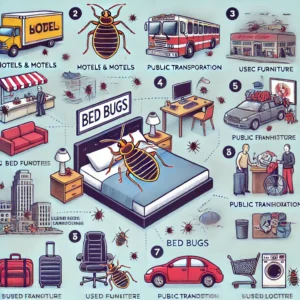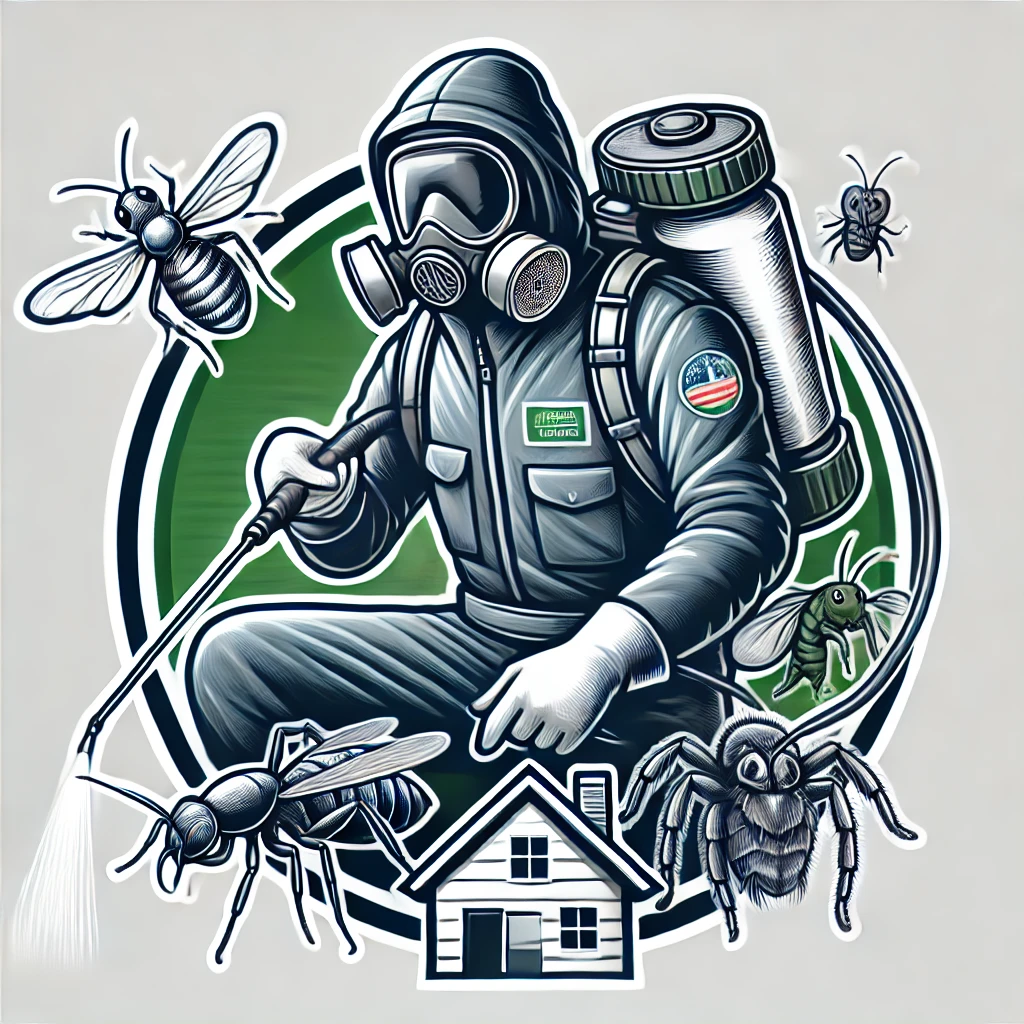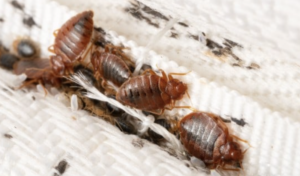Can Bed Bugs Jump? The Truth About Their Movement
One of the most common misconceptions about bed bugs is that they can jump like fleas or fly like mosquitoes. The truth is, bed bugs cannot jump or fly. Unlike fleas, which have powerful hind legs designed for jumping, bed bugs move by crawling. Their legs are built for gripping and climbing rough surfaces, allowing them to travel across furniture, bedding, and walls but not through the air.
How Do Bed Bugs Move?
- Crawling: Bed bugs move by slowly crawling from one place to another.
- Climbing: They can climb textured surfaces such as fabric, wood, and paper.
Since they can’t jump, they rely on crawling to move from place to place, making it easier for them to spread undetected.
Do Bed Bugs Spread from Person to Person?
Unlike lice, which live directly on the human body, bed bugs do not live on humans and do not spread directly from person to person. However, they can easily move between people by hitching a ride on personal belongings such as clothing, bags, or furniture.
Common Ways Bed Bugs Are Transmitted

1. Luggage and Travel Gear
Bed bugs are notorious for hitchhiking in suitcases and backpacks, making hotels, motels, and public transportation hotspots for infestations.
2. Used Furniture and Mattresses
Second-hand furniture, especially mattresses, couches, and wooden bed frames, can harbor bed bugs. Always inspect used furniture before bringing it into your home.
3. Public Places and Shared Spaces
High-traffic areas like movie theaters, libraries, public transportation, and office buildings can facilitate the spread of bed bugs when they crawl onto belongings.
4. Clothing and Personal Belongings
While bed bugs do not cling to skin or hair, they can attach to clothing, shoes, and bags, making their way into new environments.
How to Prevent Bed Bug Transmission
1. Be Cautious When Traveling
- Inspect hotel rooms for signs of bed bugs before settling in.
- Keep luggage off the floor and away from beds.
- Wash and dry clothing on high heat after returning home.
2. Check Used Furniture Before Buying
- Look for dark spots, eggs, or live bugs in furniture seams and cracks.
- Avoid picking up discarded mattresses or upholstered furniture from the street.
3. Regularly Inspect Your Home
- Look for bed bug signs such as fecal stains, shed skins, and live bugs.
- Use bed bug-proof mattress covers to prevent infestations.
4. Be Mindful in Shared Spaces
- Keep personal belongings off the floor in public places.
- Store coats, bags, and shoes separately when in crowded environments.
FAQs About Bed Bugs and Their Movement
Q1: Can bed bugs jump from one person to another?
No, bed bugs cannot jump or fly. They move by crawling and can only transfer through clothing, luggage, or furniture.
Q2: Do bed bugs stay on human bodies?
No, bed bugs do not live on human bodies like lice. They prefer hiding in mattresses, furniture, and cracks near their food source.
Q3: Can I get bed bugs from sitting next to someone?
While bed bugs do not live on people, they can crawl from an infested item (like a bag or jacket) to another surface nearby.
Q4: How fast do bed bugs spread?
Bed bugs can spread quickly when they hitch a ride on clothing, furniture, or personal belongings, but they do not migrate actively like fleas.
Q5: What should I do if I suspect I’ve been exposed to bed bugs?
Immediately wash and dry your clothing at high temperatures, inspect your belongings, and monitor for signs of bed bugs at home.
Final Thoughts
While bed bugs cannot jump or fly, they are efficient crawlers and hitchhikers, making them difficult to control. Understanding how they move and spread can help you take the necessary precautions to prevent infestations. By being vigilant while traveling, checking used furniture, and maintaining cleanliness, you can reduce the chances of bringing these unwanted pests into your home. If you suspect an infestation, professional pest control is the best way to eliminate bed bugs effectively and prevent further spread.


Leave a Reply
You must be logged in to post a comment.